Tagua Tree
- November 7, 2024
- 0 comment
The Tagua Tree, scientifically known as Phytelephas aequatorialis, is a unique and ecologically valuable species found in South America. Renowned for producing a seed often called “vegetable ivory” due to its dense, ivory-like appearance, this tree plays an essential role in tropical ecosystems. Belonging to the family Arecaceae, the Tagua Tree contributes significantly to biodiversity, soil health, and local economies.

This tree’s dense canopy, nutritious seeds, and roots that stabilize soil make it a key component in maintaining ecological balance. Its nuts are harvested sustainably, supporting local communities while preserving its vital role in the ecosystem.
What Is a Tagua Tree?
The Tagua Tree (Phytelephas aequatorialis) is a species of palm native to the rainforests of Ecuador, Colombia, and Peru. Classified within the Arecaceae family, this tree is highly recognized for its nuts, which develop into a material known as vegetable ivory. This eco-friendly alternative to elephant ivory has gained importance in sustainable jewelry and handicrafts.
Main Characteristics:
The Tagua Tree typically grows between 6-12 meters (20-40 feet) tall. It has large, feather-like fronds that can reach lengths of 6 meters (20 feet), creating an impressive canopy. The tree produces clusters of round, hard fruits, each containing multiple seeds. As the seeds mature, they develop a hard, ivory-like texture that makes them valuable in crafting.
Interesting Fact: Tagua Trees contribute to soil health by stabilizing forest floors with their complex root systems, which prevent erosion in riverbanks and slopes.
3 Different Types of Tagua Tree Species
While Phytelephas aequatorialis is the most well-known, the Tagua genus includes other species, each adapted to different tropical regions and ecosystems.
Phytelephas Macrocarpa
Found mainly in Colombia and Peru, this species has similar ecological roles, with seeds widely used for vegetable ivory.


Phytelephas Tenuicaulis
Smaller in stature and found in specific areas of Ecuador, this species offers habitat support to various wildlife.
Phytelephas Seemannii
Grows along the Pacific coasts, providing crucial shade and food sources in its habitats.

These species vary in height, leaf size, and adaptation to local climates, yet all play a similar ecological role in supporting biodiversity and stabilizing soils.
Where Do Tagua Trees Grow?
Tagua Trees thrive in the humid, tropical rainforests of South America, with a concentration in Ecuador, Colombia, and Peru. These trees favor riverbanks, floodplains, and areas with moist, well-drained soil. Adapted to high rainfall and mild to warm temperatures, the Tagua Tree’s root structure helps it thrive in tropical and subtropical climates.
In its natural habitat, the Tagua Tree supports the surrounding ecosystem by stabilizing soil and providing shade. Its nuts and leaves serve as food and shelter for various animals, promoting biodiversity in these dense forests.
How to Grow and Care for Tagua Trees
For those interested in cultivating Tagua Trees, here’s a guide to ensure their healthy growth:

- Soil: Tagua Trees grow best in moist, well-draining soil. It’s beneficial to mix organic compost into the planting site to mimic forest conditions.
- Water: These trees require consistent moisture, especially in the growing phase. Regular watering is essential, though care should be taken to avoid waterlogging.
- Sunlight: They grow well in partial shade or dappled sunlight, as full sun may cause leaf damage.
Propagation and Maintenance
Propagation is usually from seed. Fresh Tagua seeds germinate in a few weeks if kept in a warm, moist environment. Regular pruning is not necessary, but trimming dead fronds will help the tree’s appearance. Protection from pests such as beetles is essential for maintaining a healthy Tagua Tree.
Ecological Benefits of Tagua Trees
Tagua Trees contribute significantly to their ecosystem by:

- Improving soil quality: Their roots help reduce erosion, protecting riverbanks and steep slopes.
- Supporting biodiversity: The seeds provide food for rodents and birds, while the canopy shelters insects and small animals.
- Carbon storage: Like other trees, Tagua Trees capture and store carbon dioxide, helping to combat climate change.
Their widespread use for sustainable vegetable ivory production also reduces demand for animal ivory, helping to conserve elephants and rhinos.
Tagua Tree Flowering and Pollination
Tagua Trees produce small, inconspicuous flowers that bloom in clusters. These flowers typically lack a strong scent but are essential for the production of their iconic seeds. They rely on insect pollinators, such as bees, for successful fertilization, which supports local insect populations and enhances biodiversity in the forest.
Is the Tagua Tree Drought-Tolerant?
While the Tagua Tree is well-adapted to moist environments, it has limited drought tolerance. Extended dry periods can hinder its growth, especially if it lacks a consistent water supply. In home cultivation, regular watering is crucial during dry spells. In nature, the tree relies on the humid rainforest climate for its water needs.
Tagua Tree and Wildlife Interactions
The Tagua Tree forms vital relationships with local wildlife. Rodents, birds, and even insects benefit from the tree’s seeds, fronds, and flowers. Animals that eat the seeds help disperse them throughout the forest, aiding in natural regeneration. The dense canopy offers habitat for a variety of animals, providing shade and shelter.
Symbiotic Relationships: Certain insects and birds act as pollinators, ensuring the Tagua Tree continues to produce seeds year after year. This mutualistic relationship benefits both the tree and the pollinators, adding resilience to the ecosystem.
Conclusions
The Tagua Tree (Phytelephas aequatorialis) is a symbol of ecological sustainability. Beyond its practical use in providing a renewable resource, it supports local biodiversity, protects soil health, and helps stabilize tropical forests. This unique palm is vital to environmental health, playing a role in sustainable economic practices and forest conservation. Protecting the Tagua Tree and its habitat ensures that its ecological benefits are preserved for future generations.
Frequently Asked Questions (FAQs)
1. What is the Tagua Tree?
The Tagua Tree, scientifically known as Phytelephas aequatorialis, is a tropical palm tree native to South America. It’s famous for producing “vegetable ivory” seeds, an eco-friendly alternative to animal ivory.
2. Where do Tagua Trees naturally grow?
Tagua Trees thrive in the humid rainforests of Ecuador, Colombia, and Peru, often found along riverbanks and floodplains.
3. Why is the Tagua Tree important to ecosystems?
Tagua Trees prevent soil erosion, support biodiversity by providing food and shelter for wildlife, and help in carbon storage, making them essential for tropical forest health.
4. How are Tagua seeds used?
Tagua seeds, also known as vegetable ivory, are used to make eco-friendly jewelry, buttons, and handicrafts, helping reduce demand for animal ivory.
5. Can Tagua Trees withstand drought?
Tagua Trees are best suited for moist environments and have limited drought tolerance, needing consistent water for healthy growth.
6. How do Tagua Trees benefit local wildlife?
Tagua Trees provide food for animals like rodents and birds, and their dense canopy offers shelter, supporting a wide range of forest species.


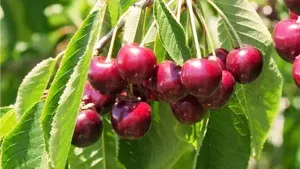
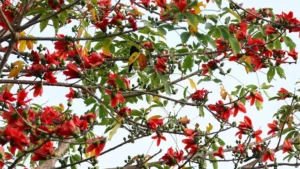
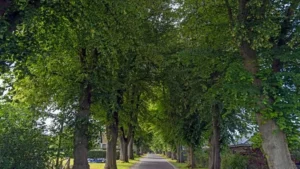
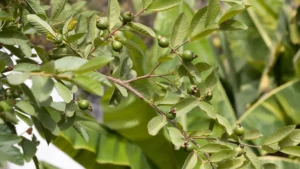
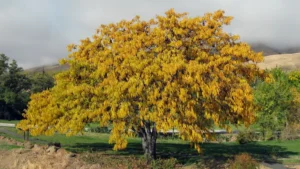
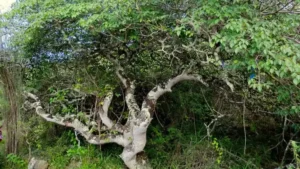
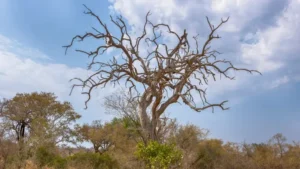
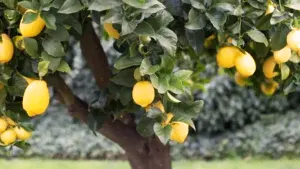

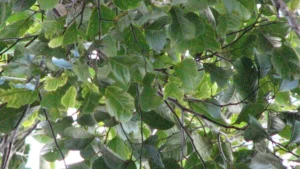
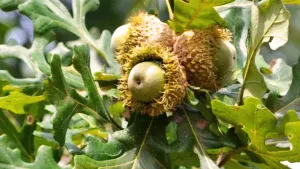
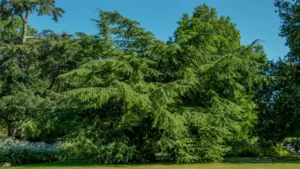
Leave your comment